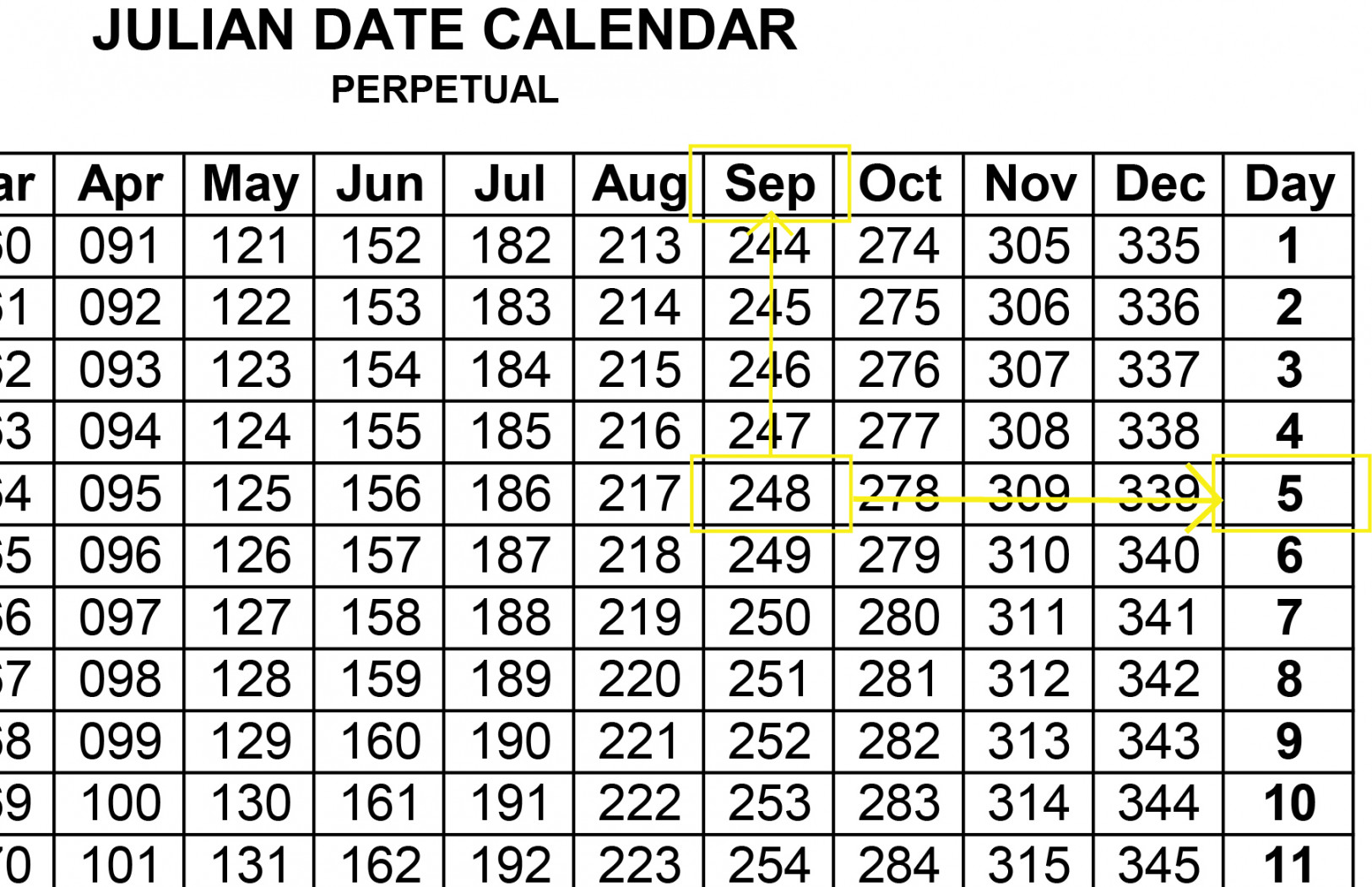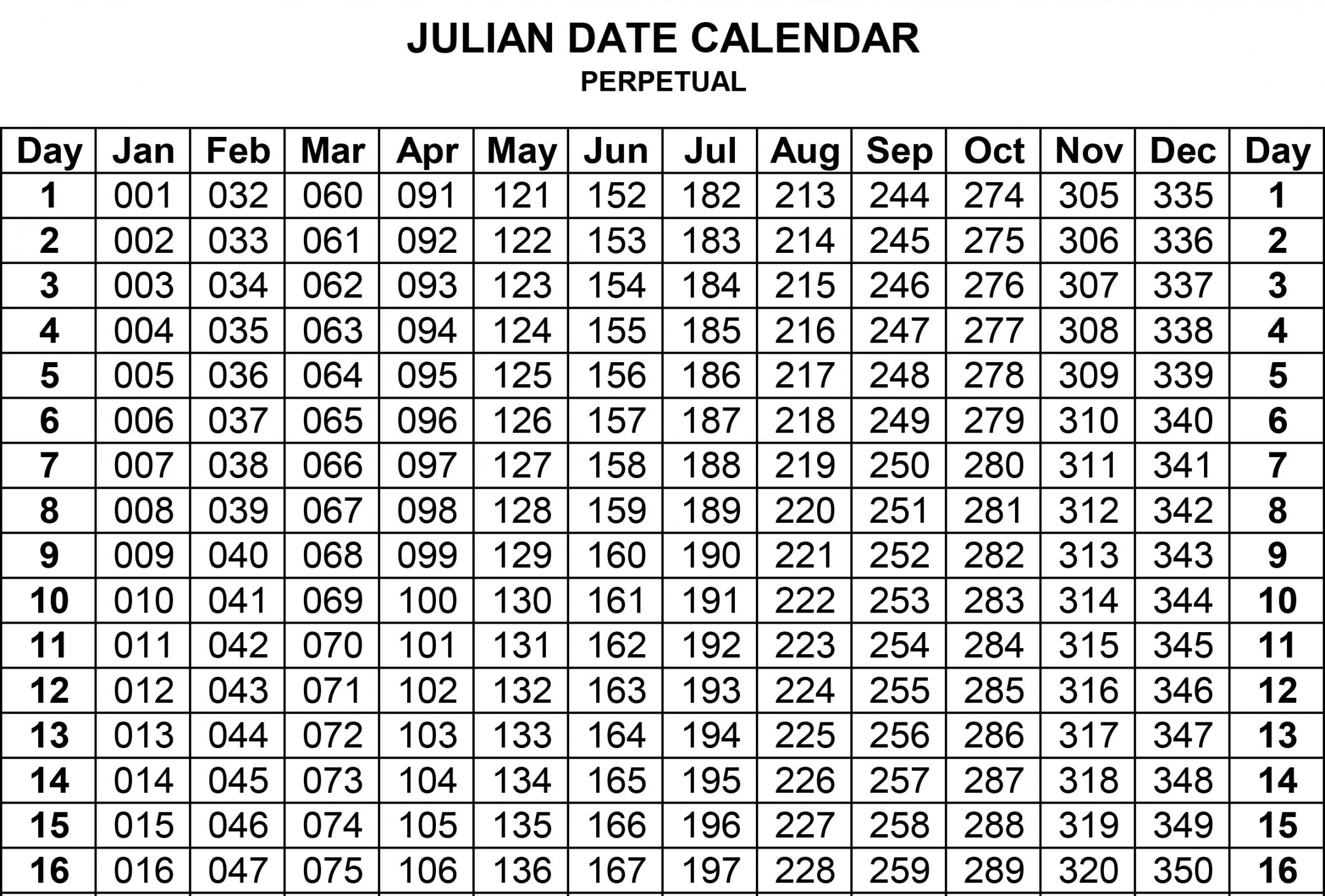This Is What Best-By, Use-By and Sell-By Dates Really Mean
Stop throwing away perfectly good food! Here’s your cheat sheet to what’s still good after the best-by, use-by and sell-by date—and what needs to go.
How seriously do you take the expiration dates on your food? Are you the kind to toss milk a day after its sell-by date, or do you give it the sniff test and pour it over your cereal regardless of the date stamped on the carton? If you’re like most people, you don’t want to create food waste but aren’t quite sure which foods never expire and which foods you should never eat past the expiration date.
That confusion is understandable, because those dates have no standardized meaning. “There is no national law in the U.S. regulating date labels on products,” says Emily Broad Leib, director of the Food Law and Policy Clinic at Harvard Law School. “Instead, date-labeling laws and regulations in the U.S. differ from state to state. And, further, most states do not define these terms.”
Even states that require date labels on certain food products leave it up to manufacturers to determine how to set the date. In short, she says, the labels really have no meaning legally. No wonder you don’t know what to do with expired eggs! To help you sort it all out, we got expert advice on how to make sense of the labels on your food, from “sell-by” to “best-by” and beyond.

Stop throwing away good food
Expiration-date confusion has serious consequences. Nearly half (40%) of all food produced in the United States goes to waste annually, and a big part of that is due to confusion over date labels. A large majority of Americans (a whopping 85%) report that they throw away food after its use-by or sell-by date, believing that consuming it after the date will make them sick, says Broad Leib.
The truth is that companies usually base these labels on quality—as in, when they think the food is going to be the freshest and taste the best—not food safety, she says.
Two types of food dates
You may see either or both types of these dates on your food:
“Closed” (or “coded”) dates are a series of letters and/or numbers that manufacturers use to identify the batch, date and location of manufacturing, and other data about that product. These typically appear on shelf-stable foods such as boxed and canned goods.
“Open” dates appear on most foods, including meat, poultry, eggs, bread and dairy products. They include the best-by, sell-by and use-by dates.

Best-by date
“Best by,” “best if used by” and “best if used before” are all labels that manufacturers use to describe the date when a product will have the best flavor or quality. You’ll most often see this on perishable products with a limited shelf life, like deli items, bread, salads and eggs.
It’s not a purchase or safety date, so it’s safe to eat food once this date has passed. How long you have until your food goes bad is a trickier question. It depends entirely on the type of food; how it was packaged, shipped and stored; and how you’ve handled it since purchasing. If you opened the package, for instance, it may go bad sooner.
Check out our guidelines below for more tips on how to tell if your food is safe to eat or ready for the compost bin.
Sell-by date
If the best-by date signifies when quality starts to drop, what does the sell-by date mean? As you might’ve guessed by its name, the sell-by date tells the store how long to display the product for sale; it’s useful for inventory management. You’ll often see this label on bakery items, meat, seafood, deli items and snack foods.
Like the best-by date, this is unrelated to food safety. It doesn’t mean your food has expired in the sense that it is spoiled. In fact, food is perfectly safe to eat past its sell-by date. As the U.S. Department of Agriculture (USDA) says, “Except for use-by dates, product dates don’t always refer to home storage and use after purchase.”
Let’s say your butter’s expiration date passes while it’s in your fridge. Don’t sweat it. Like other foods, as long as it’s kept at 40 degrees or below, it should be safe to eat.

Use-by date
If you want to consume a product at peak quality, pay attention to the use-by date. That’s what the manufacturer says is the last date you can use a product before quality starts to decline. It’s similar to the “best if used by” date and doesn’t relate to the safety of the food, with one important exception: infant formula.
Infant formula sold in the United States is the sole food item federally required to have a date with a specific meaning on it. Consumption by this date ensures the formula contains enough of each nutrient as described on the label. Old formula may not be as nutritious or be able to pass through an ordinary bottle nipple, so you should throw away any formula past its use-by date.
Freeze-by date
A label stating “freeze by” indicates when you should freeze a product to maintain peak quality. You’ll often spot it on fresh items that can be frozen—think of it as another poultry-, seafood- and meat-storage guideline.
It’s not a purchase or safety date, however, so as long as the food doesn’t show signs of spoilage, you can eat food past this date. That said, freezing the food can extend its shelf life for up to a year.

How to know when food is bad
“Most food is wholesome, edible and safe long past the date on the label,” says Broad Leib. “To judge safety for most foods, you can use your senses. If it smells or looks spoiled, it probably is.”
One thing to keep in mind, though, is that experts like Broad Leib who support eating food past its expiration date are referring to food that was properly stored. Foods left in a hot car or kept out of the refrigerator, as well as those that have damaged packaging, are likely to spoil faster than the date on the package.
When deciding whether to nosh or trash, look for:
Discoloration Funky smells Visible mold Texture changes
All those indicate it’s time to get rid of your food. Of course, it’s not always clear cut. That’s especially true for foods that don’t announce their spoilage with a nose-assaulting scent. Does flour go bad? How about bottled water? And what about seasoning—does salt ever expire? (The answer to all is yes, by the way.)
If you’re not sure about a food, check out the USDA FoodKeeper App. You can search thousands of foods to find which are safe to eat after their expiration dates and for how long you can expect them to last.
How long foods last
The shelf life of your groceries depends on a whole lot of factors—including how you handle them—but here’s a general idea of how long some common foods will stay safe to eat, according to the USDA. Remember, you’ll need to properly store both nonperishable and perishable foods if you want them to last this long.
Fresh fish: 1 to 2 days Boneless chicken breast: 1 to 2 days Sliced deli meat: 3 to 5 days Milk: Package use-by date Yogurt: 1 to 2 weeks Eggs: 3 to 5 weeks Butter: 1 to 2 months Flour: 6 to 12 months Rice: 2 years
RD.com, Getty Images (9)
How to make your food last longer
Have food that you know you won’t finish before it goes bad? Just chill. You can refrigerate or freeze most fresh foods with no problem—just make sure your refrigerator and freezer are set to the correct temps, Broad Leib adds. The ideal temp is 40 degrees or below. Above that, and you start getting into trouble.
The USDA calls temps between 40 and 140 degrees the danger zone, and for good reason: That’s the perfect environment for bacteria. Keeping food between those temperatures for an extended period of time can lead to spoilage.
Shelf-stable items like cereal or chips, on the other hand, generally don’t go bad so much as they go stale. To keep them fresher longer, store them in airtight packaging in a cool, dry area. The same goes for spices and seasonings.
Store canned and bottled foods in a cool, dry place and protect them from damage. These foods can last years past their expiration date, provided the can or bottle isn’t dented, cracked or unsealed. Read on to find out how long does canned food really last.
Now that you know the difference between a best-by, use-by and sell-by date, make sure you’re aware of these items you never knew had expiration dates.
Sources:
Emily Broad Leib, law professor and director of the Food Law and Policy Clinic at Harvard Law School USDA: “Food product dating” USDA: “Food waste FAQs” USDA: “How Temperatures Affect Food”